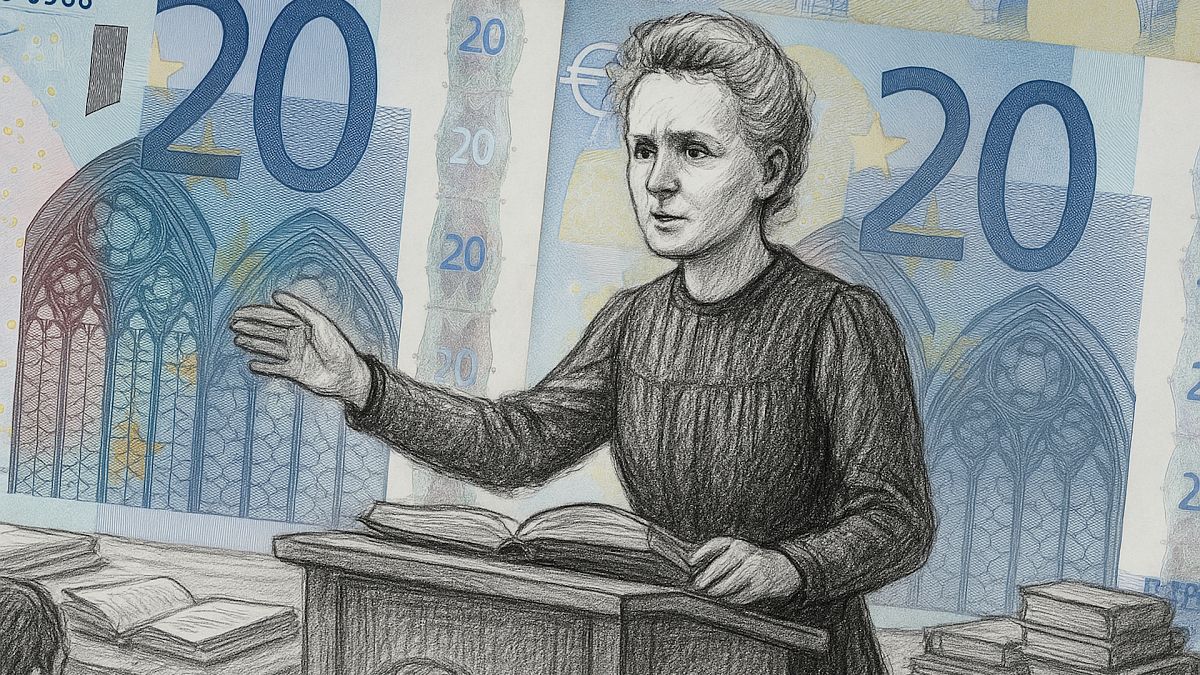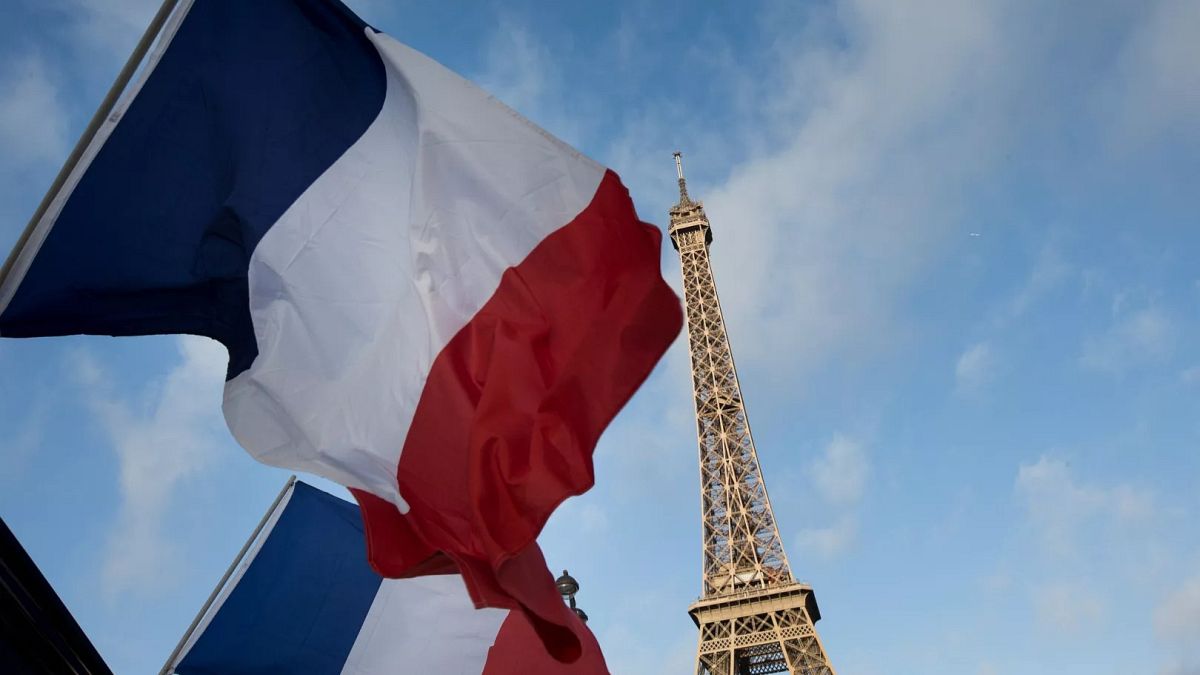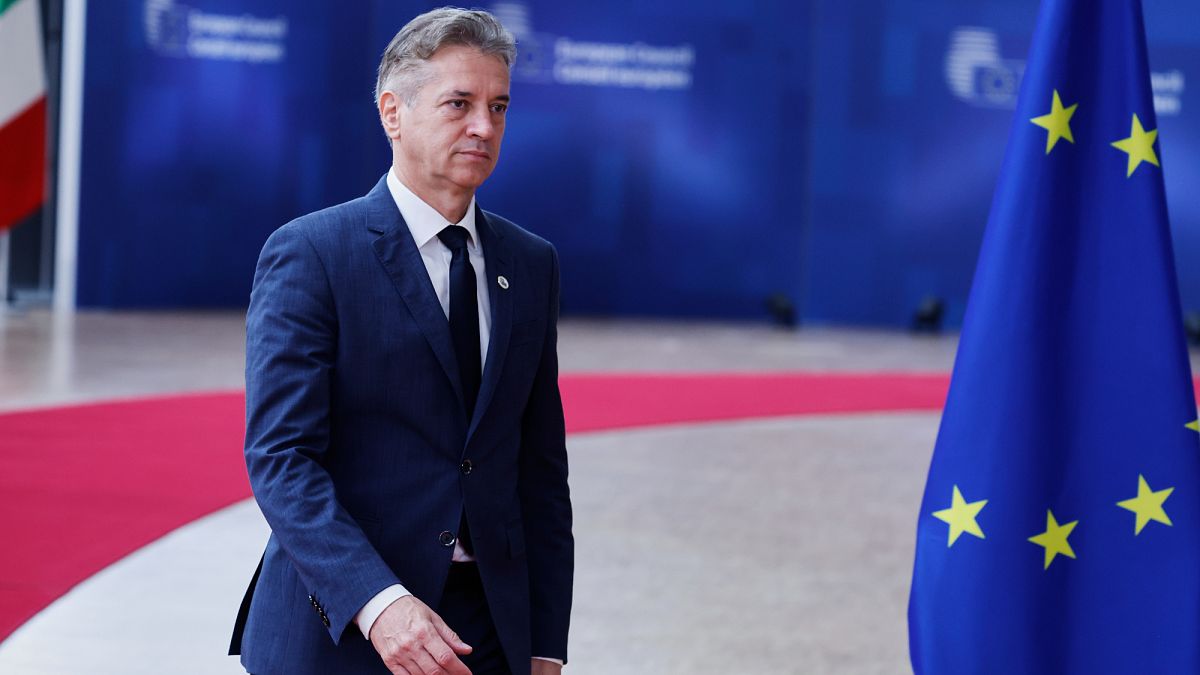Published on
ADVERTISEMENT
A new euro banknote design has reignited a long-running controversy between France and Poland over the legacy of the Nobel Prize-winning scientist Marie Curie (née Skłodowska).
Born in Warsaw in 1867, Skłodowska-Curie later moved to France, where she became the first woman to win a Nobel Prize, when she was honoured with the much-coveted award in 1903 for physics with her husband Pierre.
The acclaimed scientist also received the Nobel Prize for chemistry eight years later, making her the only person to win Nobels in two separate scientific fields.
She herself used different versions of her surname over the years — during her husband’s lifetime, she signed her name as Skłodowska-Curie, but later increasingly as M. Curie.
Her personal history has been brought to the fore once again, following the European Central Bank’s (ECB) plans to introduce a new series of banknotes, which could feature Skłodowska-Curie on the €20 note.
People in Poland have criticised the ECB for the way her name appears on its designs, with her Polish maiden name consigned to a bracket.
A contested name
In Poland, the decision has caused a wave of discontent.
For many Polish citizens, the omission of the Nobel Prize winner’s maiden name — or the replacement of the Polish name by its French version — is not just a formal issue, but a symbolic one.
It is a reminder of the underestimation of Poland’s contribution to European history, they feel.
The political dimension of the dispute became apparent when Polish media and commentators noted that other historical figures — including Miguel de Cervantes or Ludwig van Beethoven — retained their original names in each language version.
In response to complaints, the ECB has stressed that it is taking into account the complexity of the issue.
“We are consulting various historical and linguistic sources to determine the most appropriate notation,” a spokesperson for the institution said.
The working form ‘Marie Curie (née Skłodowska)’ is intended to reflect the dual identity of the Nobel Prize winner, he added.
Exchanging old for new
The ECB Governing Council announced in January that the two final themes for the planned banknotes were “Rivers and Birds” and “European Culture”.
The design theme that receives the most support from the public and the jury will be put into circulation.
If the “European Culture” theme wins, then the Skłodowska-Curie design, which currently shows her lecturing in a room full of books, could become a reality.
However, the ECB Governing Council will select the best designs in 2026.
After this decision, it will take several more years before the new banknotes can be put into circulation. The current euro banknotes will not immediately expire when the new ones are introduced.













